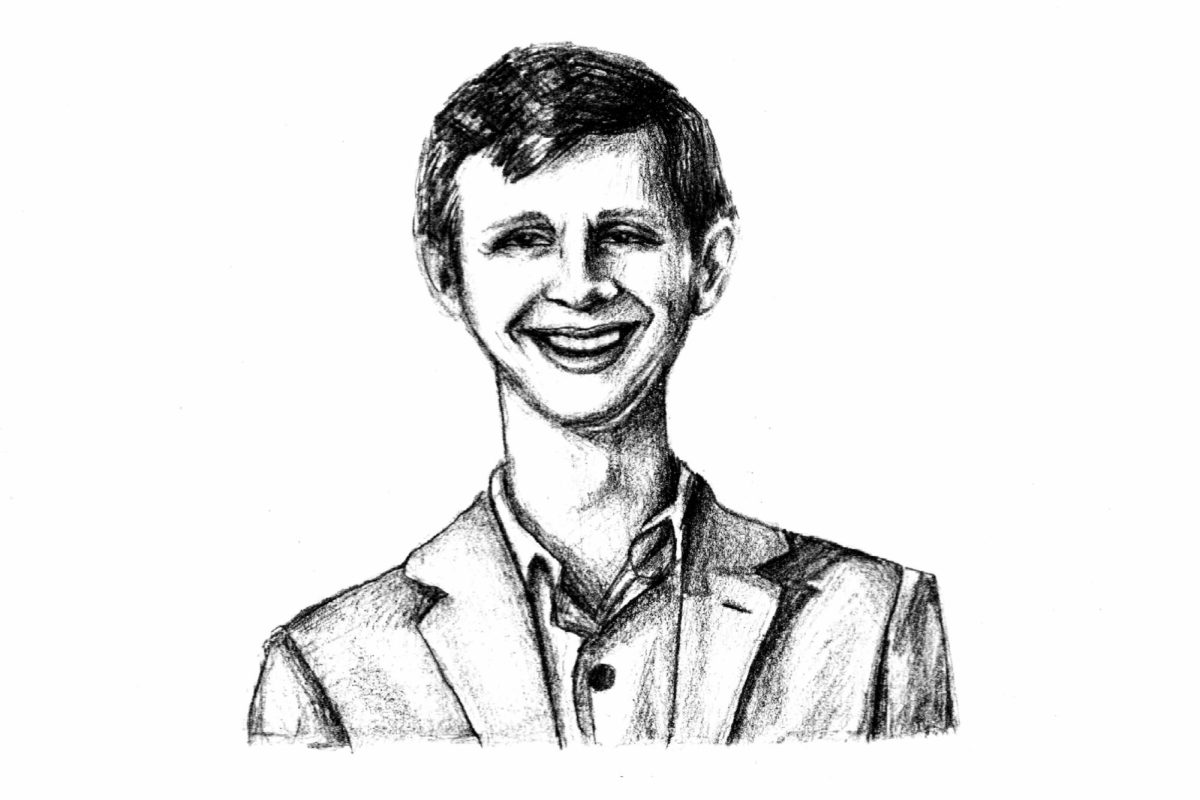When the University lifted its mask mandate earlier this month, officials cited D.C.’s “low” COVID-19 designation and a lack of significant transmission or serious illness after spring break as their reasoning behind the decision. But neither of these facts had changed when GW reinstated the mandate last week.
While lifting the mask mandate was controversial, the University’s decision at the time faithfully reflected the changing science behind masking and the significant advancements made in combatting the pandemic. Reinstating the mask mandate is a confusing, ineffective measure that casts doubt on GW’s success in responding to COVID-19.
It is crucial to understand the importance of masking relative to vaccine availability when devising a COVID-19 response plan. Early in the pandemic during spring 2020, we relied on social distancing, quarantining and masks to minimize coronavirus infection. Medical research shows masks slowed the spread of COVID-19, reduced the wearer’s exposure to the virus and even reduced infection severity. More importantly, we now have access to three authorized vaccines in the United States with more on the way. Masking and social distancing are mitigation strategies, but vaccines are our primary and most effective intervention. Simply put, our toolkit for fighting this pandemic could not be more different than two years ago.
The University justified the reinstated mask mandate with rising cases, but public health experts have said case positivity is a less helpful metric for assessing risk in highly vaccinated communities. In an April 2021 article for The Washington Post, three public health experts argued that a combination of low hospitalization rates and high vaccination rates are effective measurements that public health officials can use to decide when to ease interventions like masking. Since the vaccine is effective, case positivity is increasingly less correlated with death and hospitalization. In other words, while more people are contracting the coronavirus, their vaccinated status reduces the chance of hospitalization or death. The Centers for Disease Control and Prevention uses both hospitalizations and vaccination rates in its newest recommendations to assess community risk, not rising cases alone.
Continuing to follow the same measures that were in place before widespread vaccination ignores the vaccine’s incredible protection against transmission and serious infection. Roughly 98 percent of GW’s community and nearly 75 percent of the District’s residents are fully vaccinated. A study by the Peterson Center on Healthcare and Kaiser Family Foundation found fully vaccinated people ages 18-49 represented only 10 percent of all vaccinated Americans admitted to hospitals for severe COVID-19 cases between June and September 2021. For University community members who don’t fall into that age range, the Pfizer-BioNTech and Moderna vaccines reduced the risk of COVID-19-related hospitalization by 94 percent.
Masking needed to be universal before widespread vaccination because the virus was highly transmissible and threatened the population’s personal health and safety. That threat was especially high for those who are 65 years and older or have comorbid conditions or compromised immune systems. But viral infection and severity is now largely dependent on vaccination status. The most likely form of viral transmission is from unvaccinated people to other unvaccinated people, and the least likely is transmission between those who are vaccinated. Vaccinated people are 29 times less likely to be hospitalized with COVID-19 than unvaccinated people.
Because vaccination increases protection from COVID-19, public health experts have embraced one-way masking, or choosing whether to wear a mask based on individual preference, with an N95 mask. N95 masks can block upward of 90 percent of COVID-19 particles, offering more protection than universal cloth or surgical masking. In a highly vaccinated community, one-way masking offers incredible protection from the virus for those still concerned about their health without a mask mandate. When the University reinstated its mandate, officials encouraged GW community members to use an N95 mask over cloth or surgical masks.
Mask mandates are not the only way to protect those at risk from COVID-19 nor are they the most effective means to do so. Having more options to attend classes remotely or in a hybrid format would allow those concerned about in-person classes during the pandemic to learn in comfort. Enacting lenient and forgiving attendance policies would prevent students from choosing between sitting through class while sick or tending to their health. Distributing the University’s rapid home testing kits beyond the Virginia Science and Technology Campus would make testing more accessible and would better measure positivity. Reporting hospitalizations on campus would also help those who are immunocompromised to decide whether it is safe for them to be on campus with or without a mask. All of these measures would better respond to the pandemic than a mask mandate.
Current scientific research does not support requiring all individuals to wear a mask independent of vaccination status, immunity or risk. That same research suggests that vaccinated people in highly vaccinated communities who are comfortable unmasking should feel empowered to do so without worrying that they pose an undue threat to others who are vaccinated.
The University damaged its credibility when it chose to ignore how far we have come in responding to this pandemic when it reinstated its mandate. GW’s decision to reinstate a universal mask mandate implies that it lacks confidence in the vaccine, and suspending the mask mandate again would jeopardize the University’s credibility further. The reinstatement of the mandate is a confusing, confidence-damaging policy of questionable efficacy for managing the threat the pandemic poses.
Karina Ochoa Berkley, a junior majoring in political science and philosophy, is an opinions columnist.



